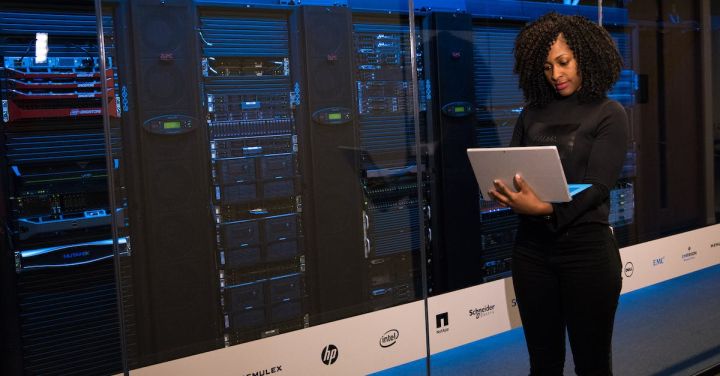How Does Server Virtualization Impact Data Center Efficiency?
Data centers are the backbone of our digital world, housing vast amounts of information and powering the services we rely on every day. As the demand for data processing and storage continues to grow, data center efficiency becomes a critical concern. One technology that has revolutionized the way data centers operate is server virtualization. By consolidating multiple virtual servers onto a single physical server, server virtualization has the potential to significantly improve data center efficiency. In this article, we will explore the various ways in which server virtualization impacts data center efficiency.
Reduced Physical Footprint
One of the most obvious benefits of server virtualization is the reduced physical footprint it enables. Traditionally, data centers required a large number of physical servers, each dedicated to a specific task or application. This resulted in a massive amount of hardware, taking up valuable floor space and consuming significant amounts of power. With server virtualization, multiple virtual servers can be consolidated onto a single physical server, greatly reducing the physical footprint of the data center. This not only saves space but also reduces the power and cooling requirements, leading to lower operational costs.
Improved Resource Utilization
Server virtualization allows for better utilization of hardware resources. In a non-virtualized environment, physical servers are often underutilized, running at a fraction of their maximum capacity. With server virtualization, multiple virtual servers can share the same physical resources, effectively utilizing the full capacity of the hardware. This results in higher resource utilization, reducing the need for additional hardware and optimizing the overall efficiency of the data center.
Flexible Scalability
Another significant impact of server virtualization on data center efficiency is the flexibility it offers in terms of scalability. In a traditional data center setup, scaling up or down would require the procurement and installation of new physical servers, a time-consuming and costly process. With virtualization, adding or removing virtual servers can be done quickly and easily, allowing data centers to scale their resources based on demand. This dynamic scalability eliminates the need for excess hardware, ensuring that resources are used efficiently and reducing both capital and operational expenses.
Improved Disaster Recovery
Server virtualization also plays a crucial role in enhancing data center efficiency by improving disaster recovery capabilities. In a non-virtualized environment, disaster recovery involves replicating data and applications to separate physical servers, which can be a complex and expensive process. Virtualization simplifies disaster recovery by encapsulating entire virtual servers into files that can be easily backed up, replicated, and restored. This simplification not only reduces the time and effort required for disaster recovery but also minimizes the impact of downtime, ensuring that critical services can be restored quickly and efficiently.
Enhanced Energy Efficiency
Lastly, server virtualization contributes to data center efficiency by enhancing energy efficiency. By consolidating multiple virtual servers onto a single physical server, less power is required to run and cool the hardware. Additionally, virtualization allows for better power management, enabling data centers to dynamically allocate resources based on demand. This proactive resource allocation ensures that energy is used efficiently, reducing overall power consumption and lowering energy costs.
In conclusion, server virtualization has a profound impact on data center efficiency. By reducing the physical footprint, improving resource utilization, offering flexible scalability, enhancing disaster recovery capabilities, and improving energy efficiency, server virtualization optimizes the operation of data centers. As the demand for data processing and storage continues to grow, the adoption of server virtualization becomes increasingly crucial for data centers looking to improve efficiency and reduce costs.






